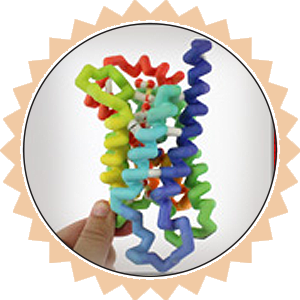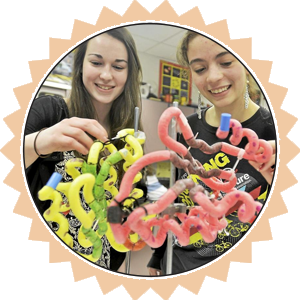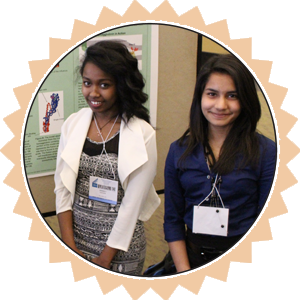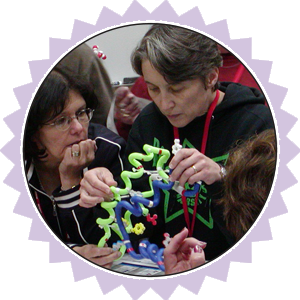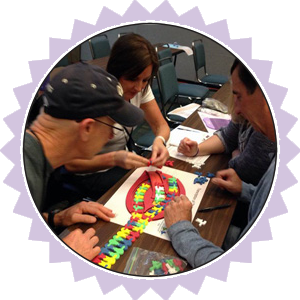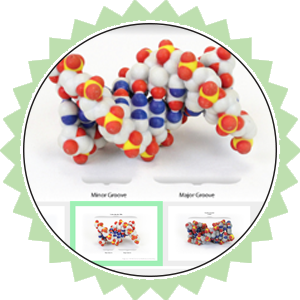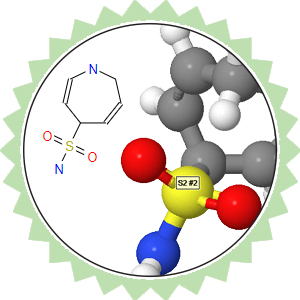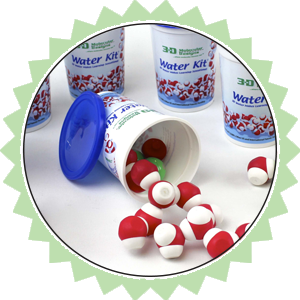Modeling a Protein Story Science Olympiad
Protien Modeling Event CREST Teams
Learning Courses Regional Workshops
For more information on these changes, please see Tim's letter to our SMART/MAPS team teachers. If you have questions about our professional development courses or the changes planned for the coming year, please contact tim.herman@3dmoleculardesigns.com
Welcome to the CBM!
Center for BioMolecular Modeling
At the Center for BioMolecular Modeling, teachers come first.
We work closely with talented science educators from across the US to create innovative instructional materials that make the biosciences understandable.
Student Programs
Teacher Programs
Learning Resources
What's New From the CBM?

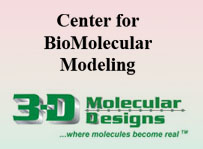
CBM Merging with 3DMD!
Posted 9-7-2022
The only constant in this world … is change. This thought is ringing true at the CBM, where many changes are happening… as we speak. And some of these changes will impact our current MAPS and SMART Teams student modeling programs in a very positive way.
The biggest change is that the CBM has left MSOE and officially merged with 3D Molecular Designs. All the programs of the CBM—including summer courses, academic-year webinars for teachers, the Model Lending Library, and MAPS/SMART Teams modeling programs -- will continue at 3DMD. This merger is happening at an auspicious time, as 3DMD is

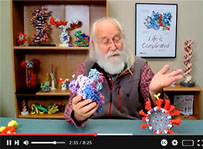
Virtual Webinar Series
Posted 12-14-2021
One positive outcome of the ongoing COVID19 pandemic is that we have been forced to explore the use of digital technology to engage teachers in professional learning experiences. As it turns out, we have been surprised by the enthusiastic acceptance of this type of learning by our teachers. While we have always believed that our modeling approach to education is best experienced during in-person summer workshops at the CBM, we now acknowledge that professional learning is not a one-size-fits-all proposition. In-person workshops can be intense, chaotic, exciting,. . . and expensive. But for others, especially those with young families, in-person summer workshops can be stressful and simply impossible.

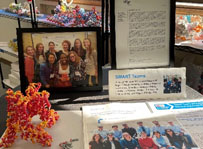
Nobel Winning Science
Posted 12-6-2021
The Divine Savior Holy Angels SMART Team worked with two graduate students (Andy Weyer and Katherine Zappa) in Cheryl Stucky’s lab at the Medical College of Wisconsin to create a model of David Julius’ recently reported structure of the pain receptor, TRPVI. We made an extra copy of this model and the SMART Team sent the model to Dr. Julius, along with a letter telling him how much they enjoyed working on this modeling project. That model and the accompanying letter prompted a return Thank You letter from Dr. Julius to the Team
What are Physical Models?
The invisible world of molecules becomes real when students hold physical models in their hands. Models function as thinking tools that stimulate questions and are a key component of the Next Generation Science Standards.
The Center for BioMolecular Modeling uses 3D Printing Technology to create physical models of protein and molecular structures. They are designed using the molecular Visualization software Jmol and then exported as 3D files.
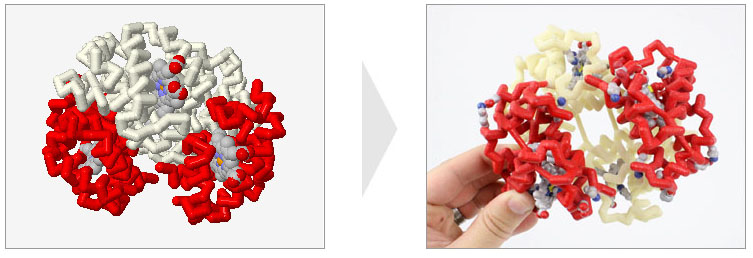
What Teachers and Students are Saying About the CBM
"Models give the students an opportunity to discover on their own, rather than having you tell it to them."
"These curriculum modules tie what seems like a really abstract idea--some little change in a molecule you can’t even see—to their own health. That’s really compelling. This stuff isn’t in any textbook."
"The fact that they were so teacher-focused was refreshing."
"The CBM staff let us be learners, and they respected us."
"Watching the CBM staff, who are masters, and being given these models is wonderful. Now we have powerful knowledge and powerful examples that we can put in our kids’ heads. I’m so excited for the school year to start, I don’t want to have to wait two months!"
"It was an amazing workshop. Foundational pieces of biology are woven through these stories."
"It really opened up science to me as a student. Science isn't sitting in a classroom learning about rocks its about being in a lab doing research alongside your mentor."
The [MAPS] Team program has taught me the importance of actively participating in the scientific community, being professional, and having the ability to take something complex and put it into simpler yet accurate terms."
"This program has opened my eyes to an entirely new career field. I have learned so much through this experience and I am extremely grateful that I have experienced this."
Selected Publications
Put Your Lab in a Different Class. Sally Goodman, Nature 420, 12-14 (2002)
Images of Anthrax: A Team Approach. Jon Knopp, Chem Matters, December 2002, pages 4-6





